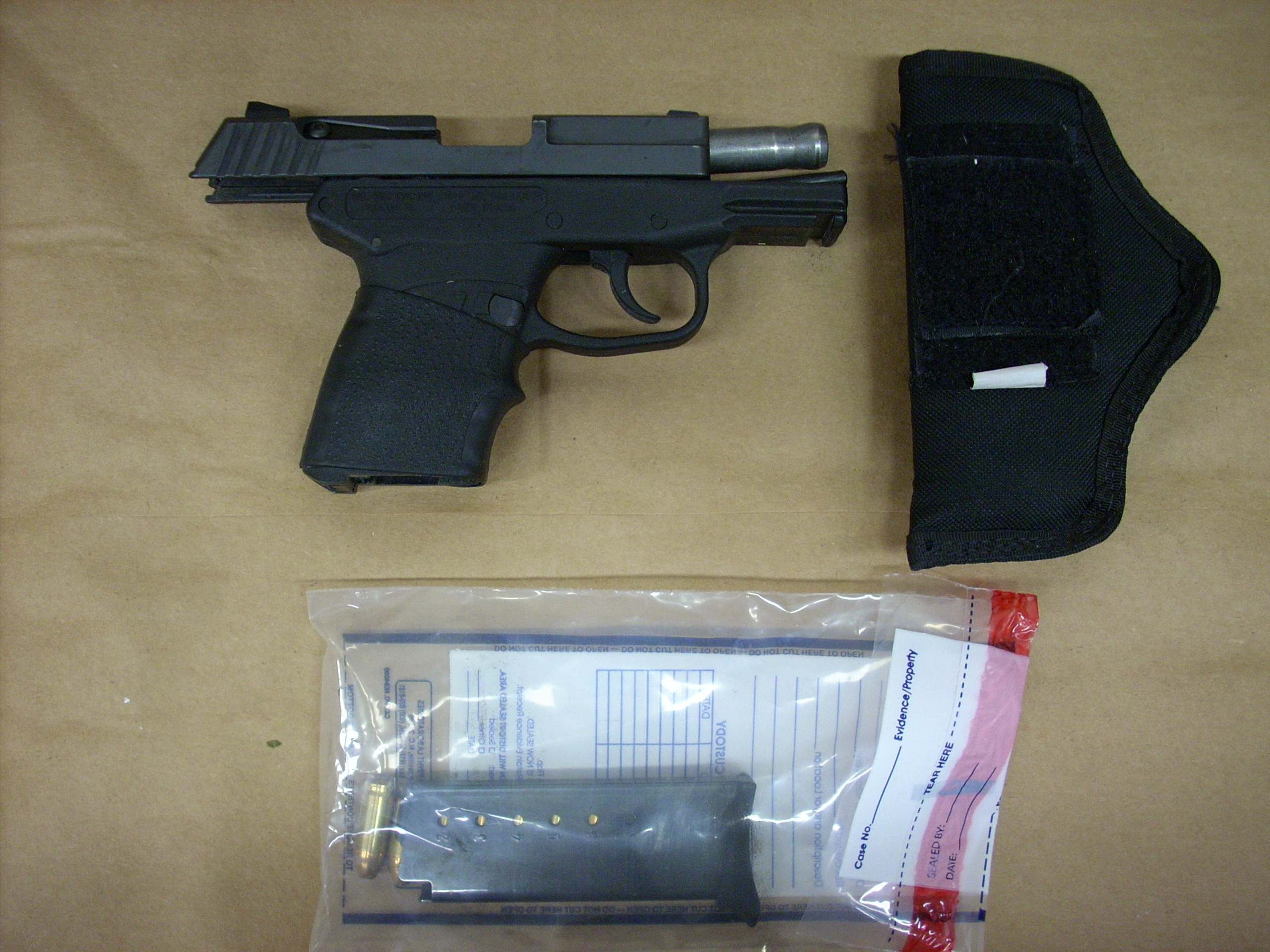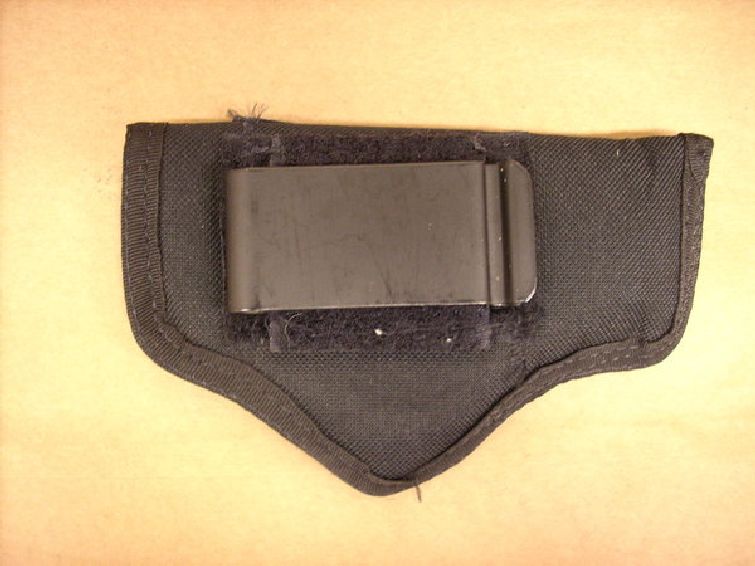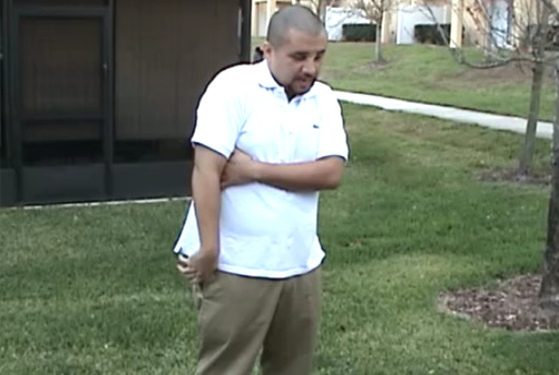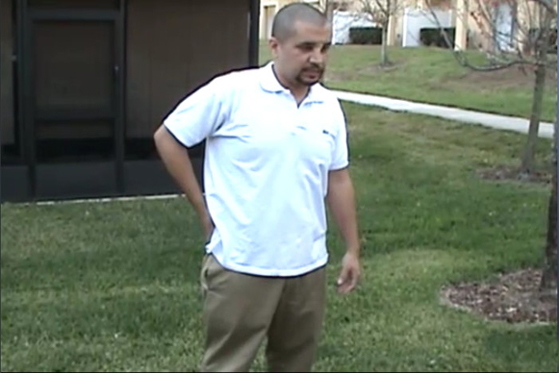
From very early on, something just didn’t seem right about George Zimmerman and his gun. It wasn’t one thing, either. It was a series of things, but one stuck out like a sore thumb. Zimmerman is left-handed, or so he claimed when handed a pen by an investigator with the Sanford police while being questioned in one of the interrogation rooms. Why, being left-handed, did he reenact the shooting using his right hand? Twice! That’s one puzzle I may be able to answer, but at the same time, it opens another one.
There are also questions about his confrontation with Trayvon Martin and how the gun came into play. Why wasn’t Trayvon’s blood on Zimmerman’s clothing? Why was there no gunshot residue on Zimmerman’s firing hand? Who or what inflicted the injury on the upper right side of his nose?
One of the questions I’ll answer is in response to something posed by ecossie possie on the previous post simply titled, The Kel-Tec PF-9. Could it have been a burn from the shell casing? I responded that I seriously doubt it, but that I would check with someone who knows.
I have a very close relative who is a major in the USAF. He did one tour of duty in Djibouti and two in war-torn Iraq. He is an avid gun collector and his personal “arsenal” is second-to-none. No one would ever question his credentials as an authority on weaponry, including pistols. To emphasize that point, he owns a Kel-Tec, but it is a model that’s a few notches up from Zimmerman’s.
I told him I had never heard of anyone being injured by a shell casing as it ejects out of the chamber. There isn’t enough velocity. He agreed, but before I could ask him if he was aware of anyone being injured, he said he had gotten a nasty burn on his face from one. But it only touches you for a split second, I responded. He said that casings are extremely hot and one only needs to touch you for a split second to burn. So… to ecossie, you are correct, Sir. It can cause a burn, but the odds are very low that it will hit you in the first place.
I asked him if the recoil of the gun or the back movement of the slide when fired could inflict harm, and he said he doubted it. “Only if the gun is very close to the shooter’s face to begin with.” I guess that means it’s possible, but highly improbable. In this case, who knows?
What about blood splatter? Why wasn’t any of Trayvon’s blood on Zimmerman’s clothing? He knew the answer right away. The blood coming out of the wound was quickly absorbed by his clothing. We know that Trayvon was wearing a light grey Nike sweatshirt (ME-8) and a dark grey Fruit of the Loom hooded sweatshirt (ME-12). That’s two barriers that absorbed the blood.
What about the lack of gunshot residue on the hand that fired the gun? Could this mean that someone else was involved? Of course not. In the case of a revolver, the drum holding the bullets revolves each time the gun is fired. The “silo” that holds each bullet is open on both ends. As the bullet fires, the drum rotates to the next bullet and, like a rocket, emits whatever is left out the back end, causing residue on the hand in the form of spent gunpowder, gunpowder that wasn’t ignited, metal flakes and possible burns. In the case of a 9mm like Zimmerman’s, the slide most likely prevented residue from shooting out the back because there was no escape route. Whatever there was got ejected with the spent shell casing, out and up the right side.
My source is familiar with the type of holster Zimmerman had. If you look at the above photograph, you can see the Velcro. What you cannot see is the Velcro on the other side and the metal clip that holds it to his waistband. The clip slides over the waistband and the holster is worn inside the pants, between the pants and underwear. That’s what keeps it from shifting around and, most of all, conceals the gun from view. The following photograph shows Zimmerman’s holster with the clip attached. It would be way too flimsy to wear on the outside waistband because there’s no strap or any other barrier to hold the gun in place; nothing to keep it from falling out of the holster. I realize he’s left-handed, but there’s a good possibility he’s ambidextrous, meaning, he could shoot the gun with his right hand. With this in mind…

In his on-scene reenactment the following day, Zimmerman demonstrates how he pulled the gun out of his waistband and managed to shoot Trayvon, but his explanation is next to impossible to perform. Study the next picture. It looks plausible, but it’s not. At this point, he has the gun pulled and he’s trying to position it to fire. His left arm represents Trayvon’s. He’s showing the investigators how he pinned Trayvon’s arm under his and was able to contort his arm enough to pull the gun out of its holster. In real life, he would have to have bent his elbow, but in his world, he did not. Somehow, he managed to keep Trayvon’s arm locked tight, pull his gun, move his arm into position and fire directly into his victim’s heart. What incredible aim!

Let’s just assume for a second that Zimmerman played The Amazing Rubber Boy at carnival sideshows around the country and this is the truth. OK, downright impossible, but let’s give him the benefit of the doubt. Wow, maybe he’s a hero after all. Except for one small, but incredibly huge detail. You see, Zimmerman admitted that he wore his holster on his back right hip. The next photo clearly shows where it was as he described it to investigators. It appeared to be above his back right pants pocket.

This is extremely problematic for two reasons.
- He had to partially lift his right backside (that means butt cheek, folks) in order to pull the gun out of its holster. That’s tough to do with someone sitting on you.
- If this is true, as his very own testimony to police demonstrates, there is absolutely no way that Trayvon could have seen that gun if it was holstered, unless he could see through belly fat. This basically proves that Trayvon never spotted the gun to begin with during this ‘so-called’ wrestling match and never went for it, or else it’s the obvious. He did see it because Zimmerman had it drawn all along.
This leads me to one final thought to ponder…
Near the end of his reenactment, Zimmerman tells the investigators that after he shot Trayvon, he continued yelling, “Help me! Help me… I need help,” as he spread the dead boy’s arms out and away from his body.
By now, we know that Trayvon’s arms were beneath him when authorities arrived. Most importantly, we know from listening to the 911 recordings and from witness’s testimony that once the shot was fired, all screaming ceased immediately. There were no more cries for help. It was Trayvon’s cries we heard.